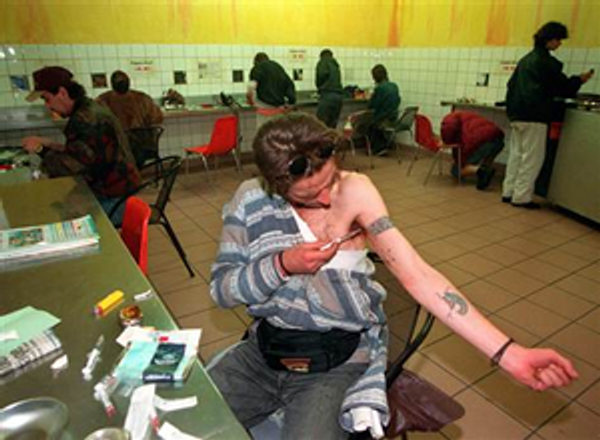Services d’injection supervisée: quelles sont les preuves?
Cet article vise à collecter de manière systématique et à synthétiser les preuves scientifiques disponibles sur les services d’injection supervisée. Pour en savoir plus, en anglais, veuillez lire les informations ci-dessous.
Abonnez-vous à l'Alerte mensuelle de l'IDPC pour recevoir des informations relatives à la politique des drogues.
Supervised injection services (SISs) have been developed to promote safer drug injection practices, enhance health-related behaviors among people who inject drugs (PWID), and connect PWID with external health and social services. Nevertheless, SISs have also been accused of fostering drug use and drug trafficking.
Seventy-five relevant articles were found. All studies converged to find that SISs were efficacious in attracting the most marginalized PWID, promoting safer injection conditions, enhancing access to primary health care, and reducing the overdose frequency. SISs were not found to increase drug injecting, drug trafficking or crime in the surrounding environments. SISs were found to be associated with reduced levels of public drug injections and dropped syringes. Of the articles, 85% originated from Vancouver or Sydney.
SISs have largely fulfilled their initial objectives without enhancing drug use or drug trafficking. Almost all of the studies found in this review were performed in Canada or Australia, whereas the majority of SISs are located in Europe. The implementation of new SISs in places with high rates of injection drug use and associated harms appears to be supported by evidence.
Click here to read the full article. (restricted access)
Keep up-to-date with drug policy developments by subscribing to the IDPC Monthly Alert.
